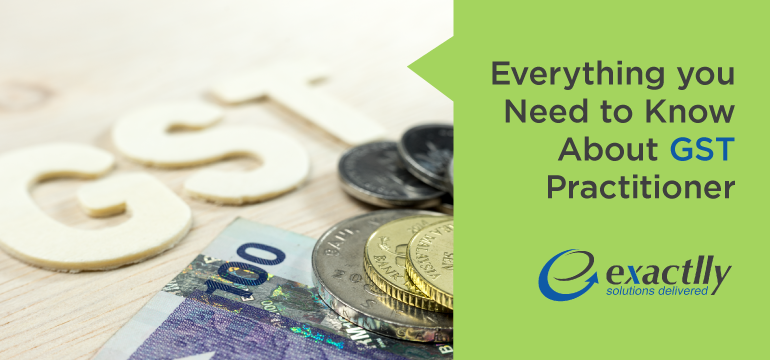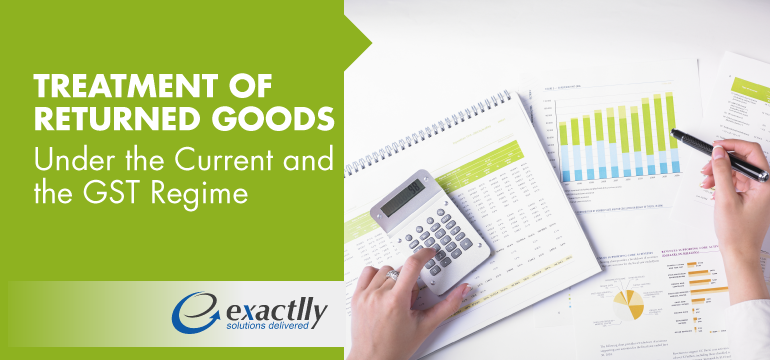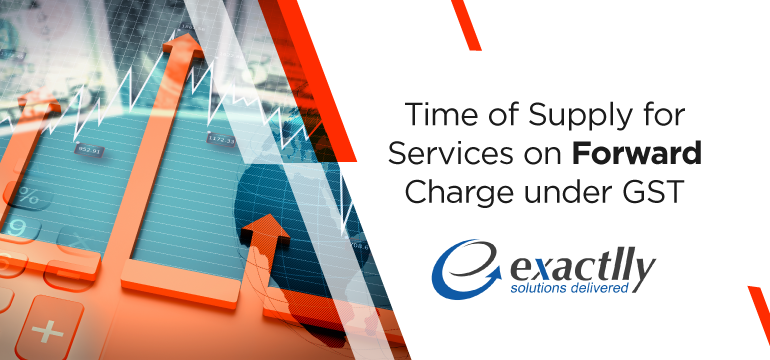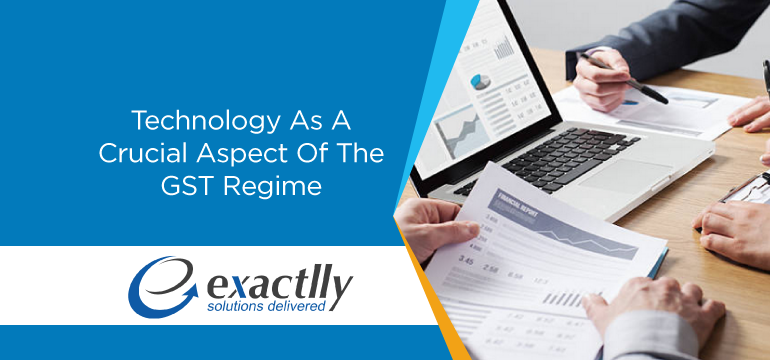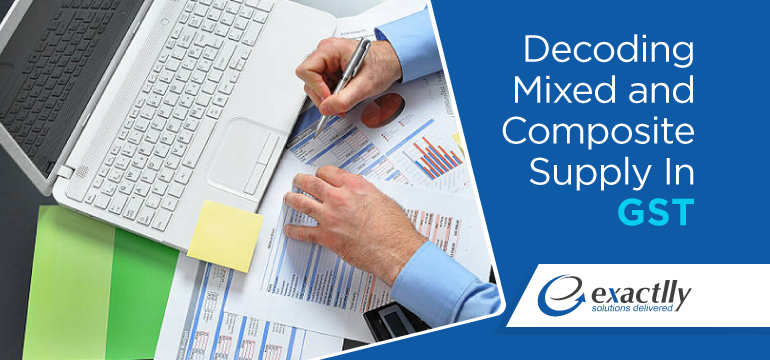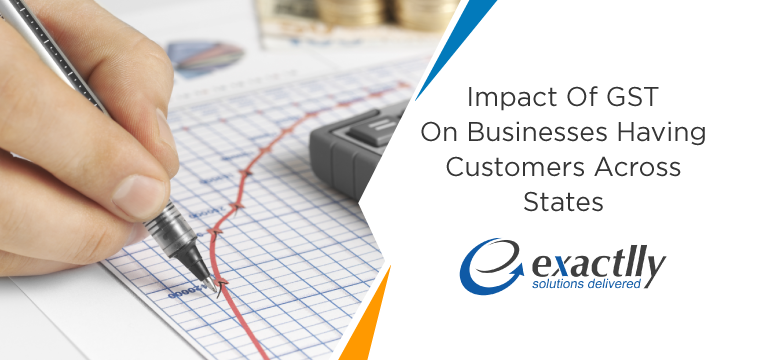How To Determine the Non-Monetary Value of Supply?
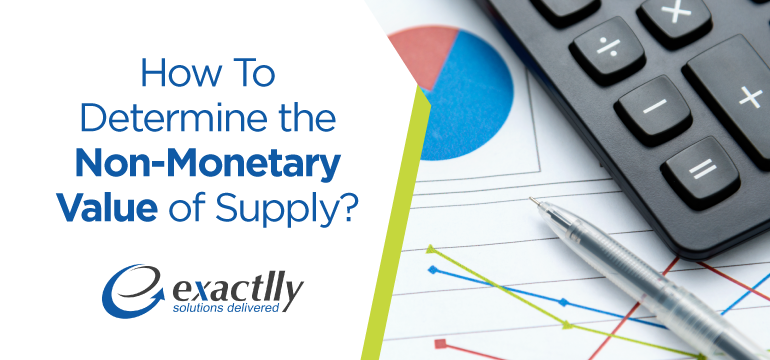
Valuing a good or service enables understanding its total cost, including the amount of tax that is required to be levied on it. Both the monetary and non-monetary value of supply needs to be duly computed.
In case of undervaluation, tax paid is lesser and this results in non-compliance with state and central laws, loss of revenue for the nation and other legal consequences. In case of overvaluation of goods and services, a business tends to lose out on its revenue. Valuation is an art that if not carried out properly, can lead to a lot of ambiguities and lawsuits. The laws, therefore, prescribe valuation methods and guidelines for valuing goods and services so as to determine the best tax value on a good or service as possible. There are several methods of valuing a good or service under the erstwhile indirect tax as well as the GST regime. The transaction value of a good or service may be applied as a valuation method when the only consideration for the supply is the price and there is no correlation between the supplier of the good or service and the recipient.
Nonetheless, in case the price is not the only consideration, or if the supply of the good or service takes place between related or distinct suppliers and recipients or two units having the same PAN, then, in that case, the transaction value method cannot be applied. Here, various metrics need to be considered. These metrics are used to determine the taxable value of the supply and have been defined under various valuation rules. Let us take some situations where the value of supply of goods and services takes place –
- The consideration is not wholly in money;
- There is a relation between the recipient and the supplier/supply that takes place between distinct or related persons;
- Through an agent
In this article, we aim to discuss the first situation – where the valuation of the supply of goods and services takes place with money not being the whole or entire consideration, i.e. the non-monetary value of supply.
Delving into the history of economics, in earlier times, physical or fiat money was not the instrument used to purchase goods or services – we had the barter system where goods and services were availed on the basis of trade of other goods and services in return – therefore the consideration was on the basis of trade and not money. We have applied the barter system in various ways in today’s world as well – for example through an exchange offer policy where goods or services are sold in return for a consideration which consists of part money and part other old goods. As an illustration, purchasing a cellphone for INR 50,000 by paying INR 30,000 in cash and giving away your old cellphone.
Here, the transaction value is not just INR 30,000 – this was just a part of the total consideration value. Therefore, for understanding such supplies, let us take a look at the various metrics that involve their determination such as –
-
Open Market Value –
In case there is no open market value available for the price of the actual good or service, then a total sum of the consideration paid in cash and in-kind is used to arrive at the value of the good or service sold. In case one cannot arrive at a value for the old good exchanged, then the value of similar or like goods or services in the market will be used to determine the value of the old good or service.
Therefore, the open market value of the supply means the complete value of a good or service in money, not inclusive of the GST and cess payable on that transaction.
Taking the above example of the cellphone, in case the value of the new cellphone is INR 40,000 in the market (without exchange) then that qualifies as the open market value of the good and the GST shall be levied on that value.
-
Total Consideration in money but the Monetary Value of Consideration not in money –
This is a method of valuation that is used when the open market value of goods and services cannot be arrived at or is not available. To arrive at the taxable value of a good or service under this method, the money that is received is added to the value of the products exchanged as part of the consideration. In other words, the taxable value of the good or service is the sum total of the consideration in money and the monetary value of the consideration not in money.
For example, Orange Cellphones supplied a new cellphone to a loyal customer before its market launch for INR 55,000 along with an offer of exchanging the old cellphone. The value of the old cellphone at the time in the market was INR 10,000 however the open market value of the new cellphone being offered is unavailable. So, in order to determine the taxable value, Orange Cellphones cannot apply the transaction value – simply because the price is not the only basis for consideration. Neither can it apply the open market value as the open market value of the new cellphone is also not available. In this situation, the taxable value will thus be calculated by adding the value of the monetary consideration received and the monetary value of the old cellphone as per the market, or in this case INR 55,000 + INR 10,000 = INR 65,000.
-
When Goods and Services are of like Nature or Similar Kind –
This is a valuation method used when both the open market valuation as well the monetary value of consideration not in money methods cannot be determined. In this case, the value of the supply of the good or service is compared with similar or like-kind of goods and services in the market. Like characteristics include quality, quantity, the functionality of the product, materials used to design, the reputation of the product in the market etc. All these factors help in determining the likeness to the product in question, and the value of such a like product is used to arrive at a value for the product in question.
Taking the above example, Orange Cellphone has an exchange offer where a customer exchanges an old phone whose price cannot be arrived at. In such a case, the price of a like cellphone in the market will be used to arrive at its taxable value.
Wants to know more about exactllySoftware? Feel free to Contact Us and get a Free Demo.



